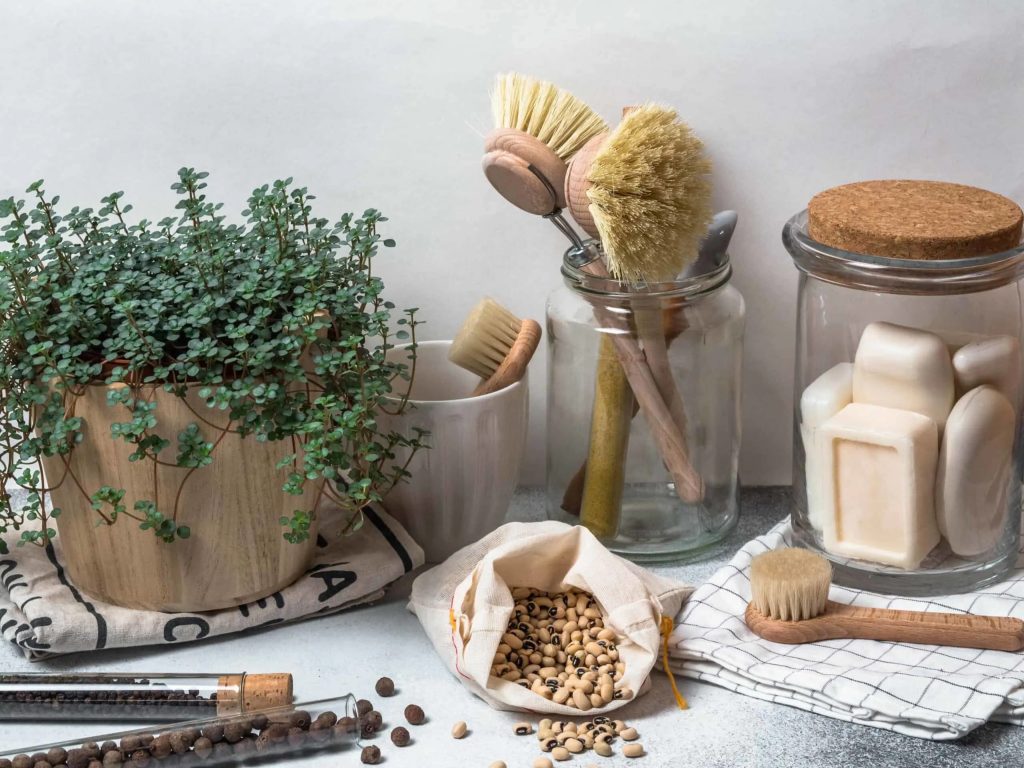Uncategorized
7 Steps To Create A Zero Waste Kitchen
A no-waste or zero waste kitchen seems a bit unrealistic.. because it kind of is. Nobody on this planet is able to make no waste. However, in the kitchen, there are very few things that are left as waste and a plethora of things that can be reused, recycled, and composted. This way, everything serves more than one purpose, and whatever is leftover…well sadly it will most likely be going to a landfill.
According to the EPA, the average American produces 4.40 pounds of waste per day. If you think about which area in your house produces the most waste on a weekly basis, your kitchen probably comes to mind first. If you’re trying to reduce the amount of waste your household produces then the kitchen is the perfect place to start! Let’s create a zero waste kitchen for our home!
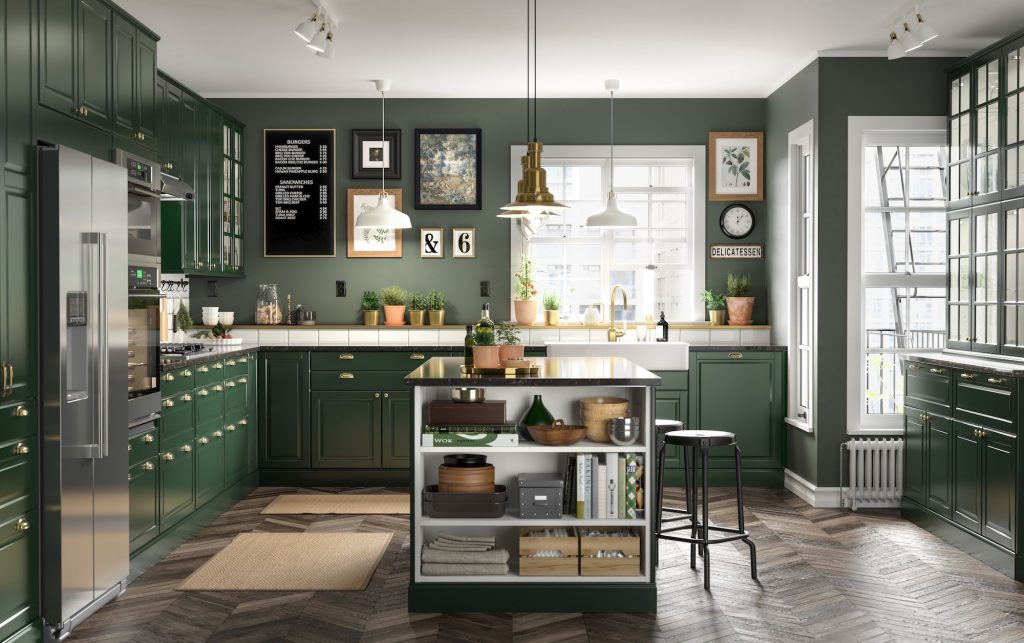
Table of Contents
1. Go For Reusables – Key Of Zero Waste Kitchen
If we don’t reuse items to their maximum capability, we end up wasting money and the potential of these items. Purchasing products in glass, aluminum, silicone, or paper packaging is much more sustainable
Ditch the disposables such as paper towels and plastic cling wraps and replace them with reusable items. For instance, use old cotton garments to make rags for cleaning spills in your kitchen. Similarly, instead of using plastic cling wrap to cover food, simply use a plate, homemade cloth napkins, or reusable silicone bags with smart stand. Reusable is the important key for a zero waste kitchen.
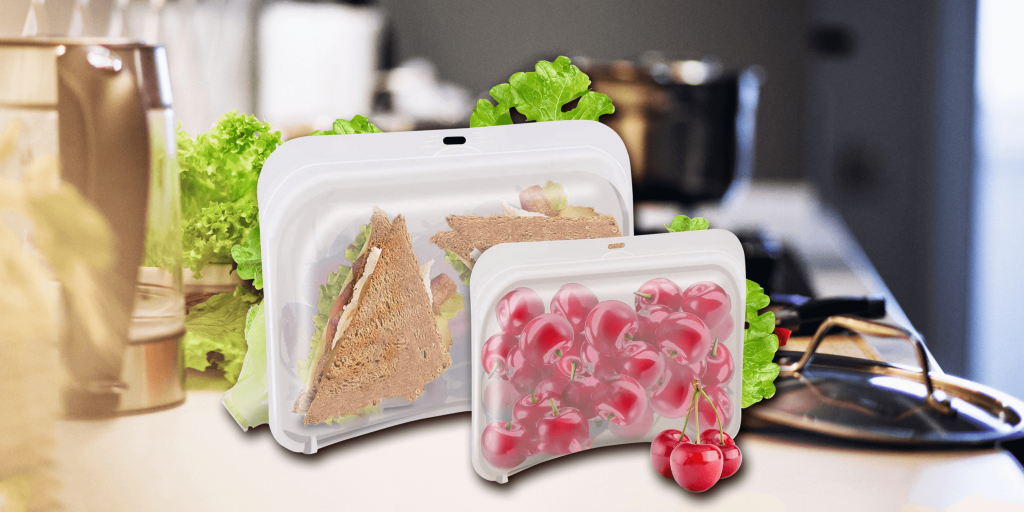
2. Create A Kitchen Compost Bin
Any food scraps you can’t use, compost! With the vast number of compact composters out there, you don’t even need large living space or a backyard to do it!
Composting is one of the most eco-friendly ways to recycle your food waste and create a zero waste kitchen. You can ‘recycle’ organic yard scrap, fruit and vegetable leftovers, tea bags, newspaper shreds, dead flowers, and egg shells.
3. Use Food Waste Creatively
According to the 2015 EPA Study on Municipal Solid Waste, about 16.5% of ALL waste in landfills is just food. So much unnecessary waste for something so easily compostable and put to far better use than methane production.
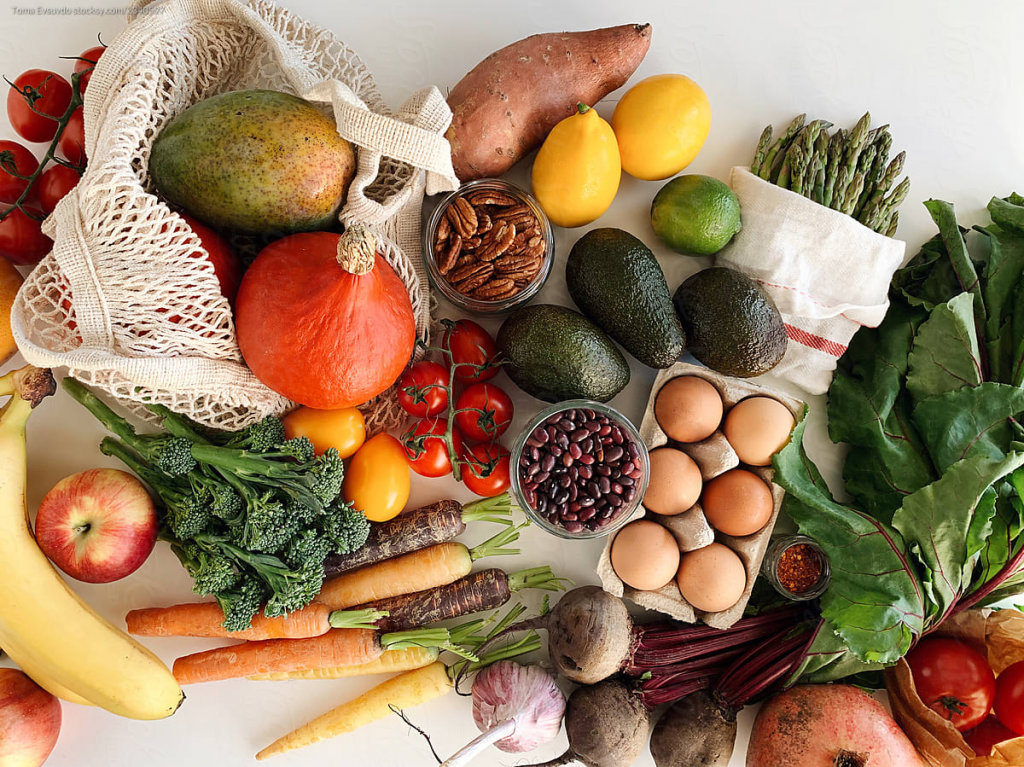
Many food scraps can actually serve another purpose. For instance, place the scrap end of onions, leeks, spring onions and bulbs in a tray of shallow water to regrow them (or replant the scrap ends into the garden!).
The over-ripe fruits and the rinds and stems of fruits and vegetables that you tend to discard can actually be very useful in adding flavour to your meals. A few of them can also be used as insect repellents and for aromatherapy.
4. Recycle Food Packaging
Food packaging is primarily made of paper, plastic, aluminium, or fibreboard and a large chunk of this material is dumped into landfills and oceans or is burnt, contributing to global warming.
Start collecting jars (lots and lots of jars!) or really any sort of glass or metal container (tin coffee cans work well, too). Soon you’ll be putting anything and everything in them. Recycle and your kitchen will become a perfect zero waste kitchen than ever!
For instance, maybe you have a nice sentimental bottle of wine from your wedding; give it a use as an olive oil container or maybe a pasata bottle! You can use these to not only buy and store bulk goodies, but to store prepped food and leftovers. Cooking and bringing lunch which is stored in silicone reusable lunch boxes to work or school is also a great idea if you want to be healthy.
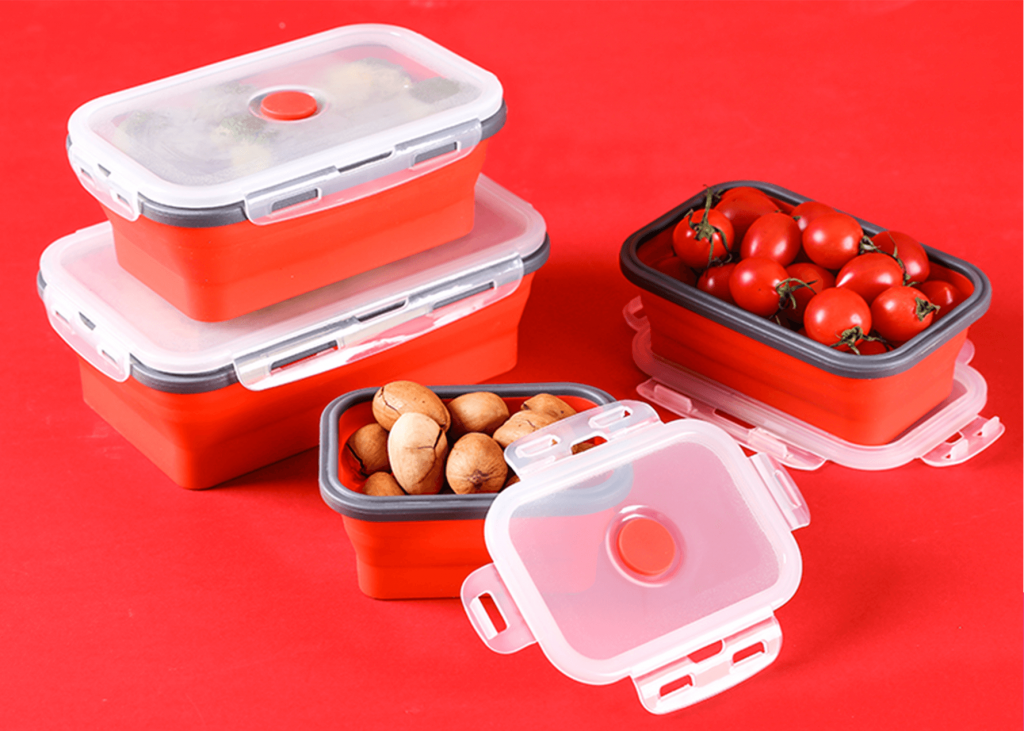
5. Dishwashing Block/Soap
This is the best zero-waste option when it comes to dish soap and there are many to choose from. However, if you’re looking to stick with something in liquid form— try to find a bulk store in your area where you would just need to bring your own bottle to fill out. It’s much cheaper than buying a new plastic bottle every time you run out. Also, there are many DIY recipes online available for you to choose from. Find what works for you.
6. Silicone Reusable Cooking Untensils
Silicone cooking utensils are not only better than plastic cooking utensils but also more economical. Zero waste cooking utensils will last you for years, so there’s no need to restock them every month. Imagine how much time and money you would save! Best items for a zero waste kitchen!

In baking, you can also use silicone baking sheets. These are money and time savers! There is usually very little clean up needed after use and they are non stick. Amazing for cookies and all your baking needs. Using these items will help you a lot in creating your own zero waste kitchen for sure!
7. Buy In Bulk
Buying in bulk is a great tips for your zero waste kitchen. Bulk food is simply food that is not sold in plastic bags (but don’t be tempted by the little plastic baggies hanging next to the bulk canisters; that would defeat the point!).
Instead bring your own jar or other zero waste container, fill it up, write down the number of the product, and check out as normal. You’ll be charged by weight of the product. Just make sure you’ve weighed your container so the cashier can deduct the weight from the total.
When you engage in bulk buying, you significantly trim down the product to packaging ratio, reducing the amount of packaging waste and carry bags that will be sent to the dump.
.
.
Going zero waste doesn’t necessarily mean you will generate literally no waste at all. Our environmental footprint is a lot more complex than that. Just know that zero waste is really nothing more magical than simply trying to live less wastefully, one small step at a time.
Start saving our planet from every little things in your daily basic life
Soon, we will offer many environmental items for you to create a zero waste kitchen, we hope we will receive many support from you! We hope these tips will help get you closer to that sustainable and zero waste kitchen you’ve been dreaming of. Let us know if this is useful or if you have an amazing tip to share that we should add to this list!
Source: Internet

